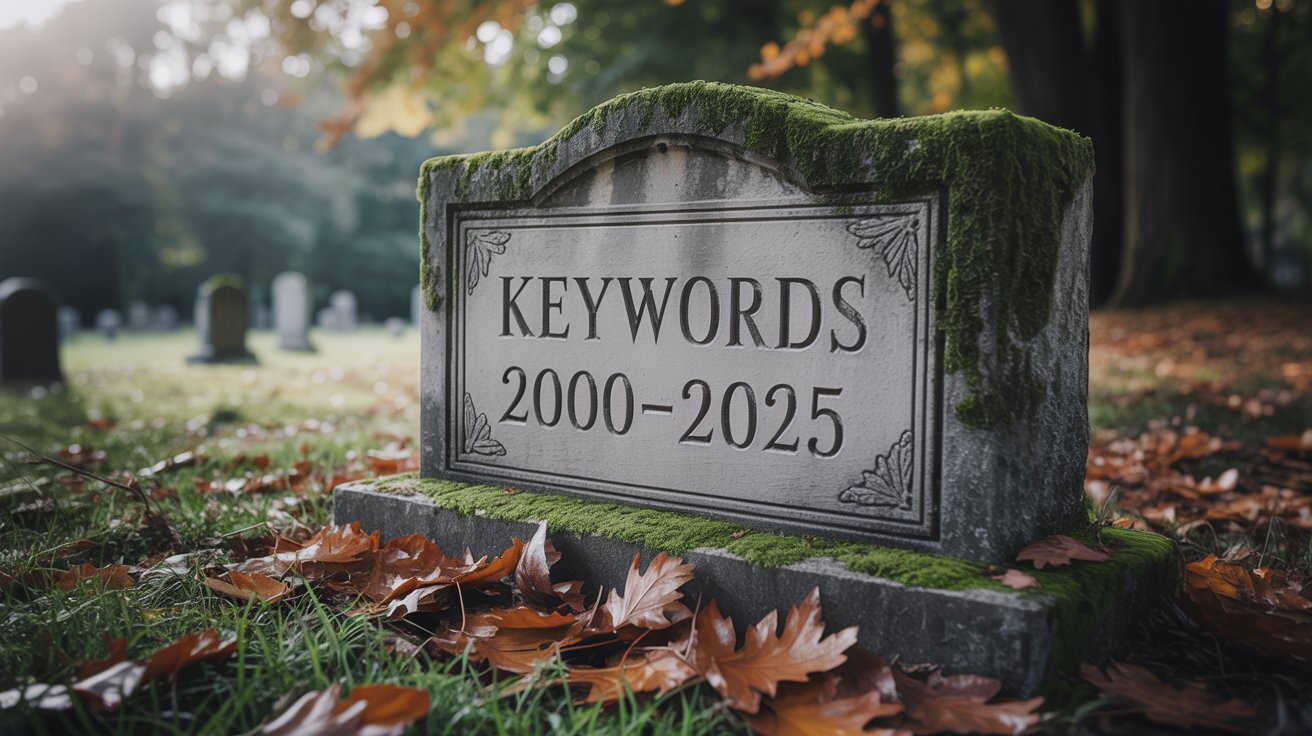content
When “buy sneakers online” ruled the game
There was a time when launching a search campaign in Google Ads was the only way to survive in eCommerce. CTRs were sky-high (8–10%), CPCs were manageable, and “buy online” didn’t cost like Manhattan rent. It was simple: query → ad → product page → sale.
Even in 2017, Wordstream reported that search ads generated up to 65% of all paid conversions in eCommerce. Back then, success hinged on strong keyword coverage, relevant ad copy, and a clean landing page. If you got those three right, the clicks — and sales — would follow. There was no need for feed optimization or complex audience layering. It was a marketer’s playground: clear intent, measurable results, and direct ROI.
But the landscape has shifted.
Shopping campaigns take the spotlight
Today, Shopping Ads dominate. According to Merkle (2024), over 80% of all clicks in retail Google Ads accounts come from Shopping. They’re eye-catching, show price and ratings, and appear above traditional text ads. In many niches, you’ll see five product cards and a local pack before a single text ad. Visual inventory has replaced search intent as the key battlefield in retail advertising.
Google Shopping isn’t just “show product + price” anymore. It’s a dynamic ecosystem. Google pulls product feeds, analyzes price competitiveness, evaluates product titles, descriptions, merchant reputation, shipping costs, and even image quality — all to decide whether your items deserve to show up. Algorithms consider user context and behavior to match the most compelling listings with the highest likelihood of conversion.

If you’re not running Shopping, you’re invisible — no matter how good your search account is. You may have the best ad copy in your vertical, but if your competitors are flooding the SERP with optimized product feeds and winning price wars, you’re simply not in the game.
Is Google phasing out text ads?
Not officially. But take a look at a commercial SERP today: Shopping blocks, “People also ask,” local results, video carousels, organic listings, third-party marketplaces… all pushing traditional text ads further down. Even top-performing text ads often appear below the fold.
According to SimilarWeb, in 2024, the average CTR for text ads in eCommerce fell to 2.1%, while Shopping Ads hit 6.5%. This is not a small gap — it’s a signal of where user attention is going and where Google’s monetization priorities lie. The algorithm favors engagement, and image-rich, data-driven Shopping Ads deliver just that.
And with Performance Max campaigns further automating and consolidating placements, the role of standard search ads continues to shrink — at least on the surface.
But is this the death of search?
Not exactly.
Why search still matters (a lot)
Despite the drop in visibility, search ads remain essential in three high-impact areas:
- Long-tail queries
Shopping isn’t built to handle nuanced, detailed searches like “affordable organic dog food for senior dogs with chicken allergies.” These are the kind of queries where intent is specific, emotional, and conversion-ready — and they don’t map well to product feed data. Search campaigns let you match this intent with tailored messaging, landing pages, and offers. This is where your understanding of customer pain points turns into profit. - Brand protection
Without branded search campaigns, competitors will gladly steal your traffic. In competitive industries like cosmetics, fashion, or consumer tech, not bidding on your own brand means opening the door for others. And they will walk right in. Branded campaigns are usually low-cost, high-conversion — a no-brainer. Even if your organic listing is #1, you risk losing visibility and credibility when a competitor ad appears above your name. - Message testing
Shopping doesn’t give you much control. You can’t write headlines. You can’t A/B test CTAs. You can’t push urgency or run limited-time offers dynamically. Search campaigns, on the other hand, give you full creative control. Want to test “Free Shipping” versus “20% Off”? Want to see how “New Collection” performs against “Award-Winning Design”? Only search lets you experiment like this, fast and at scale.
Consider this: a sports nutrition eCommerce client in the US cut text campaigns by 70% in favor of Shopping and Performance Max. The result? Branded conversions dropped sharply. ROAS stalled. After reintroducing focused brand and long-tail search campaigns, total ROAS improved by 18% in just one month. The lesson? Search still drives value — just differently than it used to.
How to adapt to the Shopping-first world
Yes, Shopping dominates visually. But Search offers control, depth, and precision. Where Shopping is about scale, visibility, and price competitiveness, Search is your strategic lever. It’s your tool for surgical targeting, brand narrative, and experimentation.

Here’s how to adapt effectively:
- Run Shopping + Search together. They serve different roles. Shopping casts a wide net. Search reels in the big fish.
- Own your brand terms. Always. Even if they “look” redundant, branded search ensures protection, positioning, and profitability.
- Mine search queries for insights. Use them to refine your product titles, feed descriptions, and even organic SEO strategy.
- Layer audience signals into search campaigns. Use past purchasers, cart abandoners, or custom segments to sharpen targeting.
- Test aggressively. Headlines, discounts, USPs, seasonal angles — Search gives you a real-time lab for what resonates with users.
The future of eCommerce PPC is not either-or. It’s both.
Google may be shifting gears, but marketers should not abandon the fundamentals. Feed quality, data coverage, price competitiveness — these matter. But so does storytelling, relevance, and brand control. And these live in Search.
So yes — Search is no longer king. But it’s still the queen. And anyone who’s played chess knows: you can’t win without the queen on the board.
Subscribe to our newsletter



